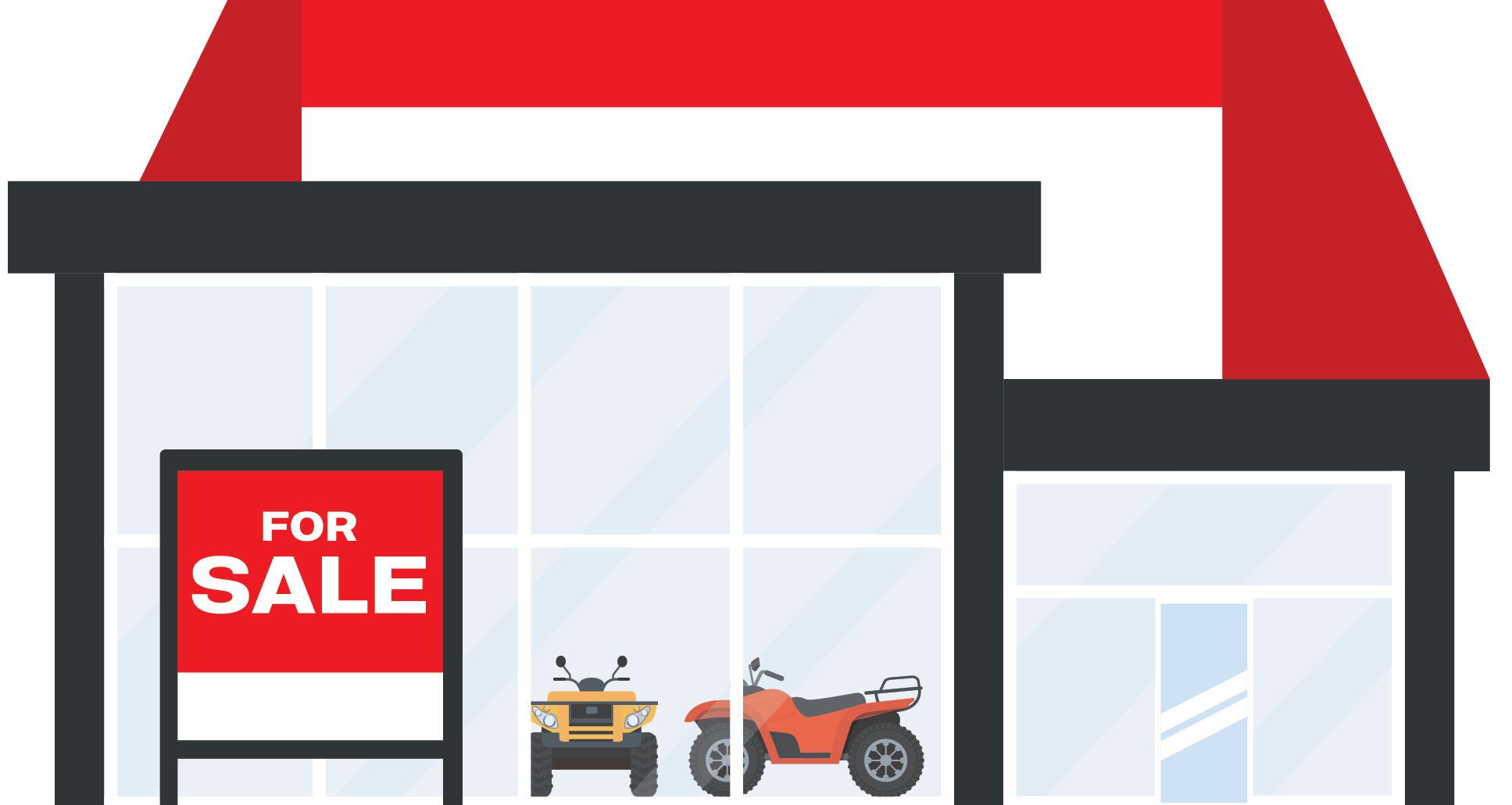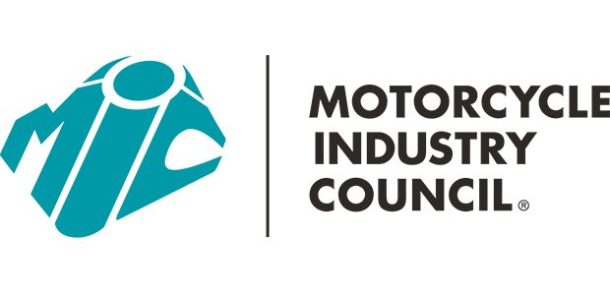Oct. 17, 2005 – The third P in Profit: Processes
Strategy gets you on the field, but it’s execution that pays the bills!
Right from the start, our 20-group members discover that success comes from working smarter, not harder. The “Four P’s” I’ve been outlining in the past few articles are fundamental to “working smarter,” and your Processes are one of those essential building-blocks.
Processes are like tap roots that run deep through your Purpose (the first “P” in “Profit”) and your People (the second “P”). Your Processes give you a consistent starting-point for all functions within the dealership.
Obviously, your Processes should be uniform and systematic. As target-shooters say, “You just have to learn how to fire one perfect shot…then repeat it every time.” Same thing with Processes-once you’ve set up a Process that works, everyone should learn to repeat it again and again.
That’s also why your Processes should be written. It takes some time for people to get a new Process learned and memorized, so you want it in a form they can review. Of course, writing it down also helps your managers teach it consistently.
Processes need to be rehearsed, too. Sometimes a new Process can be practiced in action, but other times it may need to be practiced before it’s put into action. For example, most clerical Processes can be practiced “on the fly,” because it’s usually easy to do a quick “rewind” and correct a misstep. However, Processes relating to sales may require role-playing or other rehearsal methods before the new Processes are used in real situations.
Will every transaction or function follow the dealership’s established Processes to the letter? Heck, no! But in most cases they should, and anyone deviating from them should have a strong reason for that deviation.
Processes are like road maps showing you where you are and where you want to go. There may be several roads leading to your desired destination, but the written Process should represent the road that’s usually fastest or more direct.
You may encounter a detour (a unique customer situation, for example) that takes you onto the side-roads for a little way, but you should return to the main route as soon as you can.
Bear in mind that Processes should NEVER be intended as a maze to run your customers and/or team-members through like a “poker run,” just for fun. They’re a tool, and should only be introduced where they’re needed.
Here are a few rules of thumb for constructing and using Processes:
In the 20-group environment, we’re often able to develop Processes for our dealer-members that help them accomplish in months what would take years for most dealers to do on their own. Having seen so many different dealerships in depth, we’ve had a chance to analyze, in minute detail, the activities that certain dealers have been doing very, very well. Then we’ve been able to put those unique strengths into step-by-step Processes, test them among other members of that 20-group, and-if they stand the test of time-roll them out for all of our other dealers to adopt. Needless to say, this accelerates the “learning curve” to warp-speed. It saves our dealers years of frustrating “trial and error,” and helps them achieve their goals much earlier than if they had to do it alone.
Some critical areas where you must have good Processes:
Considering how much there is in a dealership that demands intense concentration, it can be a great relief to know you have some Processes in place that will help your dealership stay on course while you focus on the Big Picture. psb




